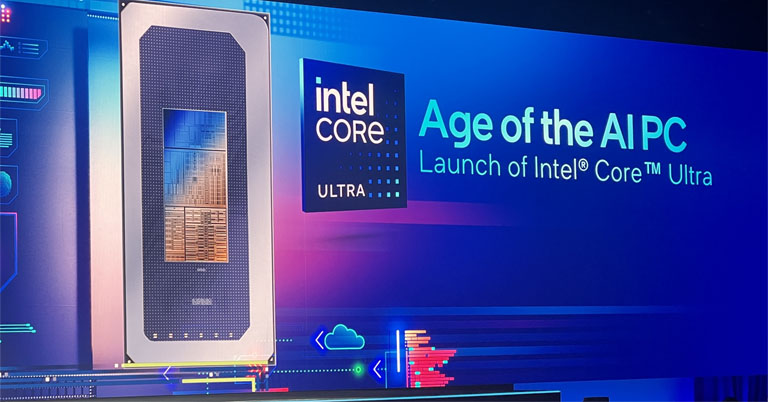
It is a known fact that Intel has been on a steady decline within the last couple of years. Completely throttled by the latest chip manufacturers, like AMD and Apple. Intel was losing quite in every regard, from performance to annoying fan noises, terrible battery backup, and even overheating problems. But recently they have shown a redemptive arc by launching the latest core-ultra series. Will they succeed? Or is it gonna be another failure? In this article, let’s dive in to find out more about their latest 14th Gen Meteor Lake platform, the Core Ultra H and the Core Ultra U series.
Intel 14th Gen Meteor Lake: Overview
What exactly is Meteor Lake?
Intel’s Meteor Lake signifies a radical shift in chip design, breaking away from monolithic structures with its Foveros 3D packing technology. This innovation allows the integration of separate components into a single chip, offering flexibility and efficiency. Meteor Lake introduces the Intel 4 process node, featuring 7nm parts and high-speed interconnects for improved communication. The CPU comprises four tiles, enhancing compute, graphics, SoC, and I/O capabilities. With a focus on modularity and performance, Meteor Lake positions Intel competitively in the mobile market, setting the stage for future advancements.
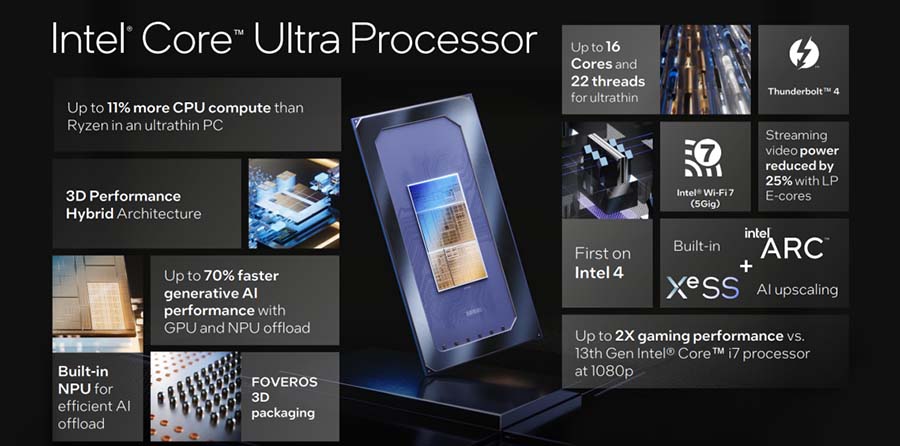
Meteor Lake: Manufacturing Process and Performance
Meteor Lake marks a significant stride in chip technology, leveraging Intel 4, a novel manufacturing process promising an approximate 20% performance boost or a remarkable 40% decrease in power consumption when compared to its predecessor, Intel 7. Notably, the integrated graphics, named Arc, deliver enhanced GPU performance and expedite fundamental AI functions.
However, it falls short in terms of visible CPU performance improvements. Compounding the innovation is Intel’s perplexing product nomenclature for Meteor Lake, introducing the ‘Core Ultra’ rebranding, thereby intensifying the intricacy surrounding the processor’s identity. The complex product naming could potentially pose challenges for consumers attempting to discern the distinctions within Intel’s lineup.

Arc Graphics
Meteor Lake introduces a noteworthy advancement in its graphics capabilities with the incorporation of the new Arc-integrated graphics, representing a substantial improvement compared to Intel’s prior offerings. This enhancement promises users a more robust and engaging visual experience with up to 20% better performance than the current Intel Core chips. More on this later.
NPU (Neural Processing Unit)
Just like like AMD’s 8040 series, Intel’s Meteor Lake CPUs see a dedicated NPU for AI-related tasks. This facilitates the acceleration of AI features in applications we use day to day paving the way for improved efficiency and speed. Additionally, these processors support newer and faster low-powered memory, contributing to an overall enhancement in performance, and ensuring a seamless user experience across various computing tasks.
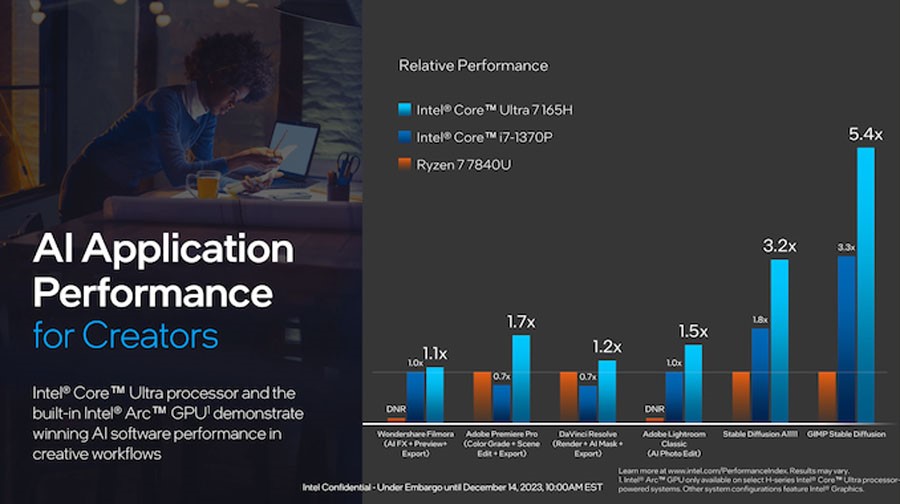
Confusing Product Stack and Names
Intel’s approach to product naming for Meteor Lake has introduced a level of complexity that may perplex consumers navigating the range. The product stack is deemed complex and confusing, with a departure from the previous generation number convention. Instead, Meteor Lake adopts a ‘Series 1’ designation and introduces letter-based ranges, such as ‘H’ for high-performance laptops and ‘U’ for lower-powered Ultrabooks. This alteration brings about the introduction of Core Ultra 5, 7, and 9 models, which, despite their new monikers, align closely with the older i5 and i7 designations. The differences primarily lie in minor clock speed variances, contributing to a nuanced and potentially perplexing decision-making process for consumers.
- Also, Read
Performance Comparison and Efficiency
Intel’s 14th gen Meteor Lake, when evaluated against its predecessor, the Raptor Lake processors, reveals a lack of substantial improvements in CPU performance. Benchmarking against competitors such as Apple’s M series processors and AMD’s Zen processors further underscores Meteor Lake’s shortfall in both single-core and multi-core performance metrics. Despite these limitations, Meteor Lake demonstrates a commendable efficiency boost at lower wattage levels, aligning with the trends observed in processors from Intel, AMD, and Apple throughout the year 2023.
Benchmark scores courtesy of JustJosh on Youtube.
The standout feature in Meteor Lake’s performance profile is the commendable leap in graphics capabilities facilitated by the new Intel Arc integrated graphics. These graphics deliver nearly double the performance of the previous generation, showcasing a significant enhancement in visual processing capabilities. In a direct comparison, the Intel Arc graphics outperform the Radeon 780M, the integrated graphics found in the AMD Zen 4 processor, further solidifying Meteor Lake’s prowess in the realm of graphical performance.
Heat, Fan Noise, and Battery Life
The performance of laptops powered by Intel Core Ultra (Meteor Lake) chips comes under scrutiny when considering factors like heat dissipation, fan noise, and battery life. The lower-powered Zenbook 14 showcases commendable performance in terms of heat dissipation, representing an improvement over its predecessor. However, the MSI Prestige 16, equipped with Meteor Lake, encounters challenges with excessive heat and noise levels. This raises concerns and suggests a potential issue wherein laptop manufacturers may be providing these processors with an excess of power.
While there is a modest improvement in battery life compared to the previous model, it is still deemed less than impressive. This indicates that, despite the strides made with Meteor Lake’s efficiency, there is room for enhancement in extending the battery life of laptops utilizing these processors. The observation raises the question of whether some laptop manufacturers prioritize achieving high benchmark scores over leveraging the modest efficiency improvements inherent in Meteor Lake to mitigate issues related to heat, fan noise, and ultimately, to enhance battery life. The balance between performance and practical considerations remains a critical aspect for laptop manufacturers integrating Meteor Lake into their devices.
Intel 14th Gen Meteor Lake: Conclusion
In conclusion, Intel’s Meteor Lake represents a notable advancement for the company, showcasing improved power efficiency and enhanced integrated graphics capabilities. However, it falls short of achieving the revolutionary status attributed to Apple’s M series processors or AMD’s original Zen processors. The confusion surrounding Intel’s product naming and the absence of noticeable CPU performance improvements are identified as areas in need of refinement.
For laptops powered by Meteor Lake, optimizing power consumption becomes crucial to address concerns related to heat, fan noise, and battery life. As consumers prioritize devices with reduced fan noise, dependable battery life, and reliable performance over enhanced AI capabilities, manufacturers must strike a balance to meet these expectations.
Looking ahead, the potential for more substantial benefits from Meteor Lake may unfold with future firmware updates and driver optimizations. The competitive edge Intel seeks in the laptop market depends on its ability to address these challenges and align its offerings with consumer preferences. As the industry evolves, it remains to be seen whether Intel can successfully position itself at the forefront of innovation in the ever-competitive laptop market.
- Meanwhile, check out our review of the HP Envy 16 with dedicated Intel Arc graphics







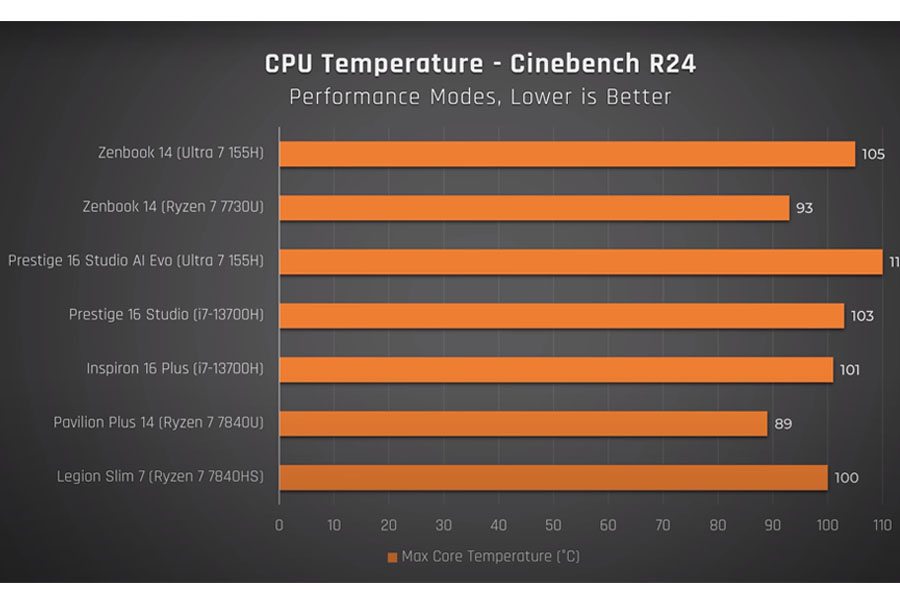
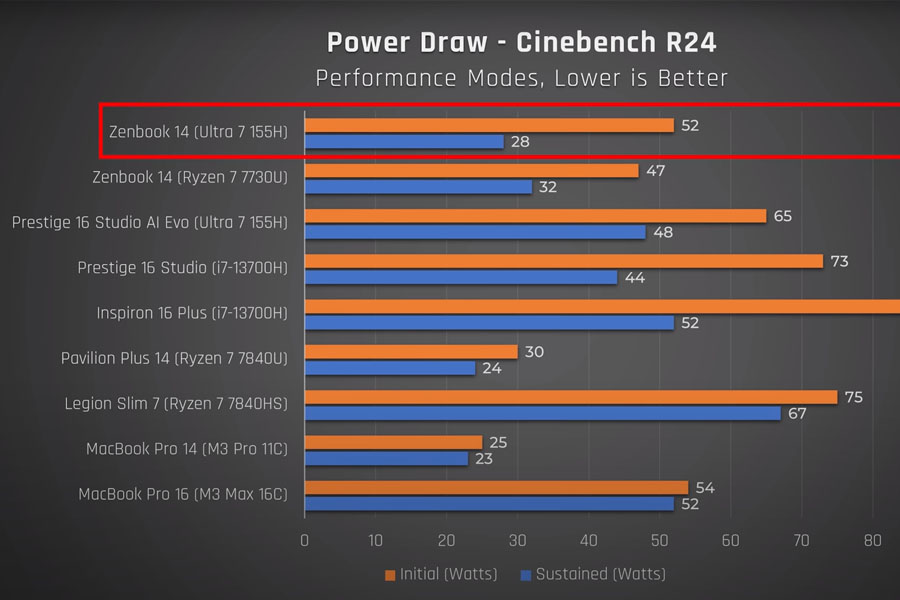
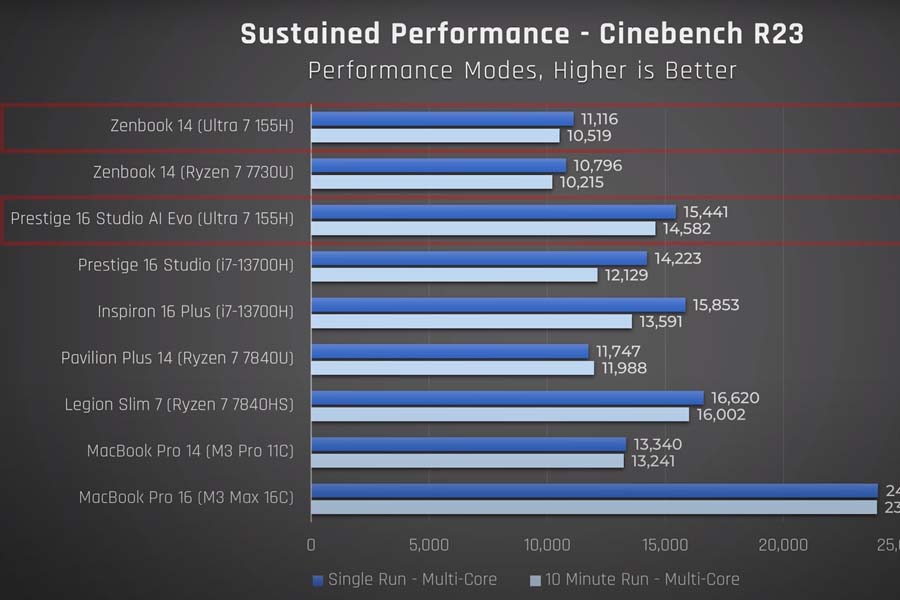

![Best Gaming Laptops in Nepal Under Rs. 250,000 (रु 2.5 Lakhs) [2025] Best Gaming Laptops Under 2.5 lakhs in Nepal [Feb 2025 Update]](https://cdn.gadgetbytenepal.com/wp-content/uploads/2025/02/Best-Gaming-Laptops-Under-2.5-lakhs-in-Nepal-Feb-2025-Update.jpg)
![Best Gaming Laptops in Nepal Under Rs. 120,000 (रु 1.2 Lakhs) [2025] Best Budget Gaming Laptops Under Rs 120000 in Nepal 2025 Update](https://cdn.gadgetbytenepal.com/wp-content/uploads/2025/05/Best-Budget-Gaming-Laptops-Under-Rs-120000-in-Nepal-2024-Update.jpg)
![Best Laptops Under Rs. 80,000 in Nepal [2025] Best Laptops Under 80,000 in Nepal March 2025 Update](https://cdn.gadgetbytenepal.com/wp-content/uploads/2025/03/Best-Laptops-Under-80000-in-Nepal-March-2025-Update.jpg)
![Best Gaming Laptops in Nepal Under Rs. 200,000 (रु 2 Lakhs) [2025] Best gaming lapotp under 2 lakhs Nepal Feb 2025](https://cdn.gadgetbytenepal.com/wp-content/uploads/2025/01/Best-Gaming-Laptops-Under-2-Lakh-Nepal-Feb-2025-Update.jpg)

![Best Mobile Phones Under Rs. 15,000 in Nepal [Updated 2025] Best Phones Under 15000 in Nepal 2024 Budget Smartphones Cheap Affordable](https://cdn.gadgetbytenepal.com/wp-content/uploads/2024/03/Best-Phones-Under-15000-in-Nepal-2024.jpg)
![Best Mobile Phones Under Rs. 20,000 in Nepal [Updated] Best Mobile Phones Under NPR 20000 in Nepal 2023 Updated Samsung Xiaomi Redmi POCO Realme Narzo Benco](https://cdn.gadgetbytenepal.com/wp-content/uploads/2024/01/Best-Phones-Under-20000-in-Nepal-2024.jpg)
![Best Mobile Phones Under Rs. 30,000 in Nepal [Updated 2025] Best Phones Under 30000 in Nepal](https://cdn.gadgetbytenepal.com/wp-content/uploads/2025/01/Best-Phones-Under-30000-in-Nepal.jpg)
![Best Mobile Phones Under Rs. 40,000 in Nepal [Updated 2025] Best Phones Under 40000 in Nepal 2024 Smartphones Mobile Midrange](https://cdn.gadgetbytenepal.com/wp-content/uploads/2024/02/Best-Phones-Under-40000-in-Nepal-2024.jpg)
![Best Mobile Phones Under Rs. 50,000 in Nepal [Updated 2025] Best Phones Under 50000 in Nepal](https://cdn.gadgetbytenepal.com/wp-content/uploads/2025/01/Best-Phones-Under-50000-in-Nepal.jpg)
![Best Flagship Smartphones To Buy In Nepal [Updated] Best flagship phone 2025](https://cdn.gadgetbytenepal.com/wp-content/uploads/2024/07/Best-Flagship-Phones-who-is-it-ft-1.jpg)